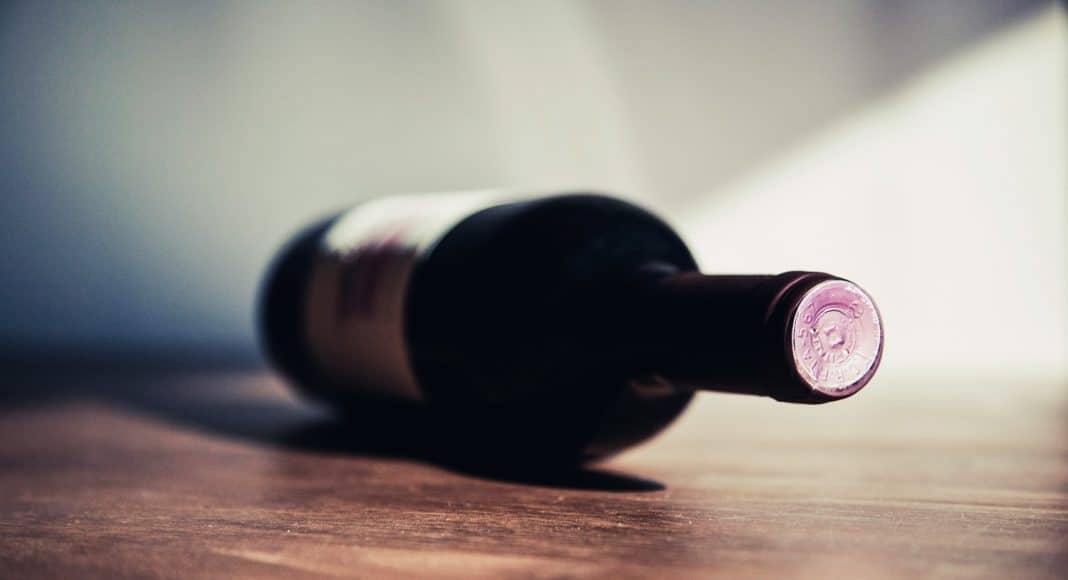This is a new one. Three chemists are trying to make wine without grapes.
Instead of crushing fruit, they’re creating their juice in a lab, much like companies that grow cell-cultured synthetic meat without harming animals or the environment.
Related : Introducing Grape Leather And Why It Matters
Ava Winery‘s founders tell Mercury News that people who taste their wines in a blind taste test can’t tell the difference between theirs and the real stuff.
“The product we end up with is chemically identical to wine,” says co-founder Alec Lee. “It’s indistinguishable at a molecular level.”
https://www.instagram.com/p/BXT4SDxBr3O
Co-founder Mardonn Chua says he got the idea when he spotted a cellar bottle of 1973 Chateau Montelena Chardonnay, worth around $10,000, and decided to make it more accessible by recreating it in a lab.
Related: 4 Serious Things To Consider When Buying Canned Wine
The lab setting lacks the romance of musty barrels and deep dark cellars, but the three guys use a technique called chromatography, which separates traditional wine into its molecular components. With the help of some ingenious software, the guys are able to come up with their own proprietary recipe to recreate the wine. Basically, flavor and aroma molecules are added to a base of water and high-proof alcohol.
https://www.instagram.com/p/BGprA8EkUvT
Mary Orlin, the food and wine writer for Mercury News, who also happens to be a a sommelier, tasted one of Ava’s wines: Moscato d’Asti, a popular sparkling dessert wine. She was not too impressed, describing the wine as having “very much a synthetic flavor to me. It tasted like banana bubble gum.”
RELATED: Science Explains How Marijuana Inspires Awe
The founders admit they still have a ways to go to perfect their product (Deborah Parker Wong, global wine editor for SOMM Journal, refuses to call it “wine”), but say they’re excited to be working on two types of dry red wines, and one dry white, in addition to their sparkling. And while they’re not ready to recreate any expensive wines (like the Chateau Montelena Chardonnay), they’re already succeeding at being environmentally friendly. It takes just five to 10 liters of water to make a liter of Ava’s wine compared to the hundreds of liters of water it takes to make a single liter using California grapes.


